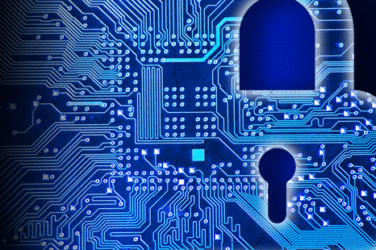
Natixis Pfandbriefbank and DekaBank have realised the first digital registered covered bond in Germany on the SWIAT blockchain. The issuance volume was EUR 100 million. Natixis Pfandbriefbank acted as the issuer, while DekaBank was the investor. Additionally, DekaBank assumed the role of registrar and paying agent. The fintech SWIAT, a joint venture of DekaBank, LBBW, and SC Ventures, provided the software for the tokenisation of the registered covered bond and the private, permissioned, and Basel-compliant blockchain as the settlement network.
“We are consistently driving the digital transformation of the securities business. Our vision is to transfer the traditional securities spectrum and current process world into the modern, digital, and blockchain-based world. The first digital registered covered bond on the SWIAT blockchain brings us one step closer to this vision. By 2025, we aim to realise the first billion Euros in issuance volume on the SWIAT blockchain,” says Martin K. Müller, Executive Board Member of DekaBank.
“We are delighted to bring the proven registered covered bond to the market in digital format together with DekaBank and are convinced that these first digital format bonds will mark the beginning of an accelerating development of digital securities,” says Hansjörg Patzschke, Chairman of the Board of Natixis Pfandbriefbank AG.
Blockchain-based systems in the securities business promise significant efficiency gains and cost savings. The technology enables process automation in asset servicing and shortened settlement cycles, reducing current reconciliation processes and intransparencies, and mitigating counterparty risks.
Previously, the issuance of a registered covered bond was necessarily paper-based and involved numerous manual steps, which are time-consuming and prone to errors. The digital transformation of the issuance process enables same-day settlement and optimised security standards. The improved tradability and lower fulfilment risk make the product more attractive to investors.
A Distributed Ledger (DL) is a publicly viewable, decentralised ledger where transactions are recorded without a central controlling entity. DLs are based on blockchain technology and enable the tokenisation of assets into virtual units – tokens. These are managed through smart contracts.
A private blockchain network like SWIAT is also a decentralised peer-to-peer network. However, it is coordinated by an organisation. The organisation oversees access to the network and carries out joint protocol changes with the participants. Permissioned means that only authorised participants can take part in the network and its transactions.
Source: DekaBank






